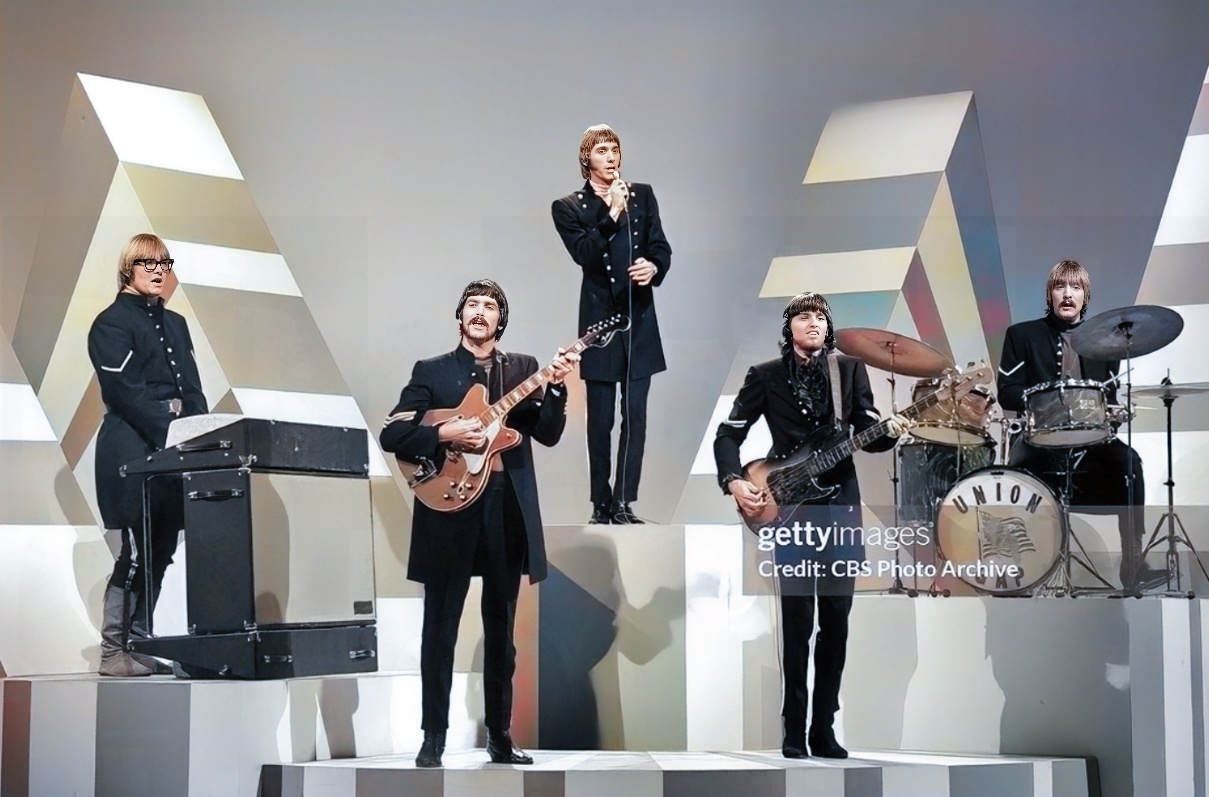
“Lady Willpower,” a classic rock staple, cemented Gary Puckett and the Union Gap’s place in the late 1960s music scene. Gary Puckett, with his distinctive soaring vocals and the band’s signature Civil War-era attire, quickly gained a devoted following. They weren’t just another rock group; their image and sound were instantly recognizable, setting them apart from their contemporaries. Before “Lady Willpower,” they had already achieved chart-topping success with hits like “Young Girl” and “Woman, Woman,” achieving Gold certifications and consistently appearing high on the Billboard Hot 100. Their music resonated with a broad audience, appealing to both teenagers and adults alike.
“Lady Willpower,” released in 1968, continued this trajectory, climbing to the number two spot on the Billboard charts. The song explores the theme of a man hopelessly enamored with a strong, independent woman, seemingly unattainable. He admires her inner strength and resolve, recognizing that she possesses the power to both captivate and potentially break his heart. He implores her to use her willpower for good, hoping she’ll choose him and not lead him astray. It’s a plea for love and a recognition of female agency, presented in a catchy, upbeat package.
The song’s enduring popularity stems from its relatable lyrics and infectious melody. Listeners at the time and even today are drawn to the raw emotion and vulnerability expressed in the lyrics. Many found the song empowering, acknowledging the strength and agency of women, while others empathized with the narrator’s yearning. “Lady Willpower” remains a beloved classic, a testament to Gary Puckett and the Union Gap’s ability to capture universal emotions within a captivating musical framework.